7 Tips for Nailing Topic Cluster Execution
Here are the 7 most simple, no-nonsense tips I’ve learned for ensuring a topic cluster strategy will be successful that I’ve gathered over the many years I’ve been working on topic cluster content marketing strategies.
1. Have a process
Don’t jump in with no process. You’ll forget things, and you won’t end up getting the results out of topic clusters that you are looking for. This usually leads either to “giving up” on clusters because they don’t work, or losing buy-in from the rest of the organization.
Make sure you use even a basic project management system (even free ones like Trello) are great, and follow a consistent process. Don’t go ad-hoc.
2. Don’t rely on remembering
That content creation and launch process you use (from the last tip) should focus primarily on building in reminders for many of the administrative tasks that come with producing a full topic cluster.
As an example, once a cluster is finished, you want to be reminded to go back and update links in previously posted articles. It is forgetting to do the simple things that will make or break your content.
3. Set up reporting for success
If you are following a topic cluster model, make sure you set your reporting up early. As you produce items you want to group them all into campaigns and make sure you are set up to measure the success of the cluster as a whole rather than losing the forest for the trees by either looking only at the results of individual pieces of the clusters or having the results of the cluster be lost within the overall results of your entire website.
Many tools, like HubSpot for instance, allow you to set up campaigns to group content together but can only measure results from that moment forward (meaning you’ll miss out any results that might have happened before the moment you added it to the campaign). The earlier you make sure to set yourself up for reporting, the less likely you are to miss results.
Include your pillar pages and supporting blogs all in a single campaign to review success of the entire group.
4. Don’t get caught up in the order
Paralysis by analysis is a real thing. Many people agonize over which order to produce content (e.g. should you start with the pillar content or the supporting content?), or what days to publish it (I’ve seen people stress about always hitting a tues/wed schedule for example). The truth is, the content is valuable whenever you post, and in whatever order you post it.
So just do whatever you need to do in order to most efficiently and effectively produce QUALITY content. It doesn’t always have to be the same order, and it doesn’t have to be something you stress about.
Just. Do. It.
5. Set your focus according to your production volume
This tip will help you make your strategy work faster. You should have already settled on a consistent volume of content and seek to hit that volume at minimum. I recommend at minimum, 2 articles per week, but the more the better.
One of the most common questions I get once this has been settled is: “How many clusters should you work on at a time?”
If you produce a volume of 2 or less articles per week, focus on one topic cluster at a time. Mix clusters only if you are producing 3 or more articles per week.
Topic clusters really start to work well only after the entire cluster has been completed, that is when the real super-charged results for each piece in the content cluster can begin. So, the longer it takes you to get one finished, the longer you’ll have to wait for results.
Particularly when you are just starting out, focusing on a single cluster at a time will help you significantly. You can always share these articles at different times, rather than all at once (so you don’t have to worry about talking about the same subject too many times in a row).
6. Be efficient with your SMEs’ time
In order to produce QUALITY content, you’ll need to interview Subject Matter Experts (SMEs) in your organization. Don’t even bother to create content unless you are tapping real expertise. A bunch of “researched” content built just to hit a keyword will always be obvious to end users and likely never produce the results you want.
You can certainly mix in “researched” content, so long as it is truly helpful, with interview-based content, but never forgo using the expertise of your team.
Unfortunately, SMEs are usually busy people, so sometimes this can slow down a content strategy. Follow these recommendations for making the interview process smooth and simple.
7. Don’t forget your internal linking!
Like I mentioned before, forgetting the simplest things are usually what breaks a content strategy. So, I’ll make this tip incredibly simple: DO. NOT. FORGET. TO. PROPERLY. LINK. YOUR. CLUSTER.
Make sure as you finish up a cluster, to go back through and solidify your internal linking strategy or all of your work will have been for nothing. Topic clustering only works if the linking strategy is in order.
This step is what helps search engines truly understand all of the content you have built on a core topic, and is the only way they'll be able to appropriately reward you for it.
Want the Playbooks?
Want detailed playbooks on how to expertly build a topic cluster, from strategy to completion? Looking for more training on how to execute topic clusters successfully (because, let’s be honest, you probably already know you need to do them).
Check out my online course, which compiles nearly 10 years of experience in content strategy and detailed instructions on how to execute a topic cluster strategy to perfection.

